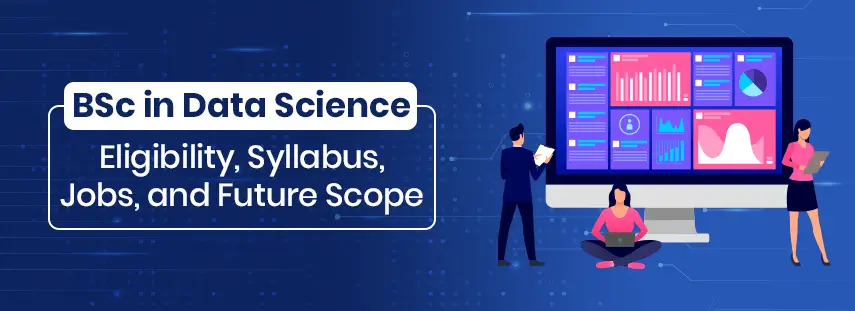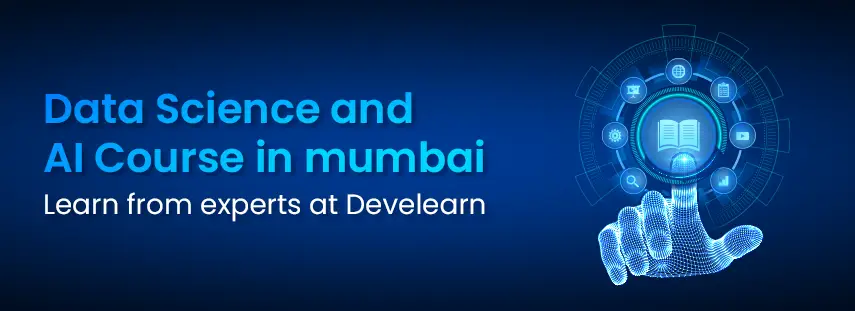Join As Students, Leave As Professionals.
Develearn is the best institute in Mumbai, a perfect place to upgrade your skills and get yourself to the next level. Enroll now, grow with us and get hired.

20 Core Data Science Concepts for Beginners
Embark on your data science journey with confidence as we delve into the 20 fundamental data science concepts that every novice needs to know. Our blog will demystify the complex world of data science, breaking down key topics such as statistical analysis, machine learning, data visualization, and more. Whether you're a beginner or looking to refresh your knowledge, this comprehensive guide will equip you with the foundational knowledge needed to navigate the exciting realm of data science. Join us and take your first step towards becoming a data science pro!
Data Science
Novices
Education
Develearn
3 minutes
October 20, 2023
Loading content...




